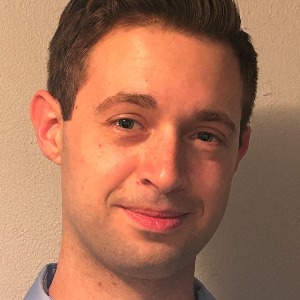Sacroiliac Ligament
The Sacroiliac Ligament are a group of strong fibrous bands that contribute to the stability of the sacroiliac joint, which connects the sacrum (the triangular bone at the base of the spine) to the ilium (part of the hip bone). In orthopaedics, the sacroiliac ligaments are critical structures, and their integrity is crucial for proper functioning of the pelvic girdle. These ligaments include the anterior sacroiliac ligament, the interosseous sacroiliac ligament, and the posterior sacroiliac ligament. They help to limit excessive movement in the sacroiliac joint, preventing shear forces and providing stability during weight-bearing activities. Dysfunction or injury to these ligaments can lead to sacroiliac joint pain, instability, and altered gait. Orthopedic assessments of the sacroiliac ligaments involve clinical examination, imaging studies, and specialized tests to evaluate joint stability and function. Treatment options for sacroiliac ligament issues may include physical therapy, joint injections, and in some cases, surgical interventions such as fusion procedures to stabilize the joint.

Stephen S Tower
University of Alaska Anchorage, United States
Marcos Brioschi
American Academy of Thermology, United States
Wagih El Masri
Keele University, United Kingdom
Akash Ganguly
Warrington and Halton Hospitals NHS FT, United Kingdom
Hussein Jaber
University of Cambridge, United Kingdom




Title : Knotless suture repair for chronic lateral ankle instability: A systematic review & single- arm meta-analysis
Hussein Jaber, University of Cambridge, United Kingdom
Title : The UK profemur recall and implant cobaltism
Stephen S Tower, University of Alaska Anchorage, United States
Title : The tomographic phenotype and the genotype of wormain bones
Ali Al Kaissi, National Ilizarov Medical Research Center for Traumatology and Orthopaedics, Russian Federation
Title : Total Knee Arthroplasty (TKA) in hemophilic arthropathy: Modern outcomes and perioperative strategies
Jack Russek, Touro University California, United States
Title : Musculoskeletal and orthopedic implications of Gender-Affirming Hormone Therapy (GAHT): A PRISMA-Guided systematic narrative review
Jack Russek, Touro University California, United States
Title : New treatment of muscle contracture and joint contracture through muscle regeneration with mitochondrial dynamics
Ki Ji Lee, Busan Medical University, Korea, Republic of